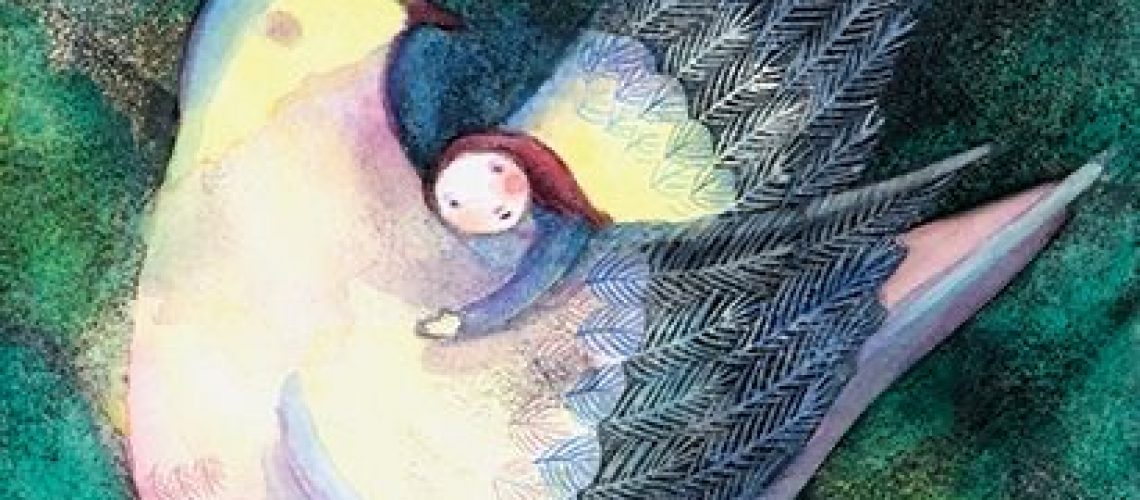Most modern readers tend to have great difficulty reading the book of Genesis which gives the woman the status of ‘a helper.’ Today, I hope to clarify what ‘helper’ really means. As most people know the Old Testament was written in Hebrew and was later translated into Greek. The translation is known as the Septuagint. When you read Genesis 2 and John 14 side by side, a lot of misconceptions are clarified as the word ‘helper’ used to identify Eve, the feminine archetype, is comparable to the word used to identify the Holy Spirit as comforter.
In Eastern Christianity, there are two models through which marriage is seen: Christ and Church model, and the Son and the Spirit model. The first model emphasizes the role of the Son as the redeemer who sacrifices Himself for the Church and the Church, in return, offers her submission to Him. I will return to the concept of submission in a later blog post. The less familiar, Son and the Spirit model, suggests a few points that we ought to keep in mind:
- Just as man is on the image and likeness of God the Logos who is the invisible image of the Father, women are on the image and likeness of God because the Spirit is an undeviating image of the Son. As John Damascene puts it, “[The Spirit] is therefore a like and undeviating image of the Son, being different only in proceeding; for the Son is begotten, but does not proceed.”
- The relationship between the feminine and the Spirit gives rise to a different understanding of what femininity used to be in the mind of the fathers and mothers of the Church, is, and what it ought to be.
In Genesis 1:2, the Spirit hovers over (in Hebrew and Syriac, the word ‘hover over’ means embrace) the face of the void earth in order for earth to bring forth created life. After Eve is created, she and Adam fall by saying ‘yes’ to the serpent and ‘no’ to the divine commandment. After Adam and Eve are cast out of the paradise of Eden (literally meaning virgin earth – according to Irenaeus of Lyons), Adam calls his wife, ‘the mother of the living.’ Ironically, Eve only brings forth mortal humans who died and as such, she is really the mother of the dead. Centuries later, Mary, the new Eve, says ‘yes’ to the divine commandment. Consequently, the Spirit hovers over Mary and she brings forth uncreated Life, God enfleshed. When Christ is crucified, He says to John, and by extension all of us, “Behold your mother.” Later, the Church, like Mary, would also be identified as ‘the mother of the believers’ who are born of her baptismal womb. After the resurrection and ascension, Christ sends the Spirit on the disciples on the day of Pentecost. The Spirit then hovers over the apostles, and by extension all believers, that each of them may become bearers of Christ spiritually just like Mary was the bearer of Christ physically.
Throughout the generations, women have been victims of various forms of misogyny. I believe this will continue, even within Christian communities, so long as Christian men continue to perceive women as anything short of the image of the Spirit. Women ought to treat themselves as the image of the Spirit and as daughters of the archetypal and inseparable mothers, Mary and the Church. In the context of marriage, I believe the need for marital counselling will decrease exponentially if: (a) men treat women as the image of the Spirit, (b) women treat men as the image of the Son, and (c) men and women begin perceiving their intimacy which brings forth children and life in the light of the Spirit’s embrace to the world which gave rise to all of creation.

